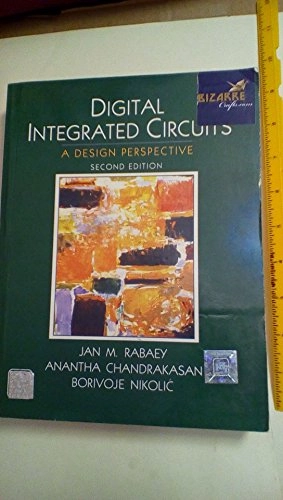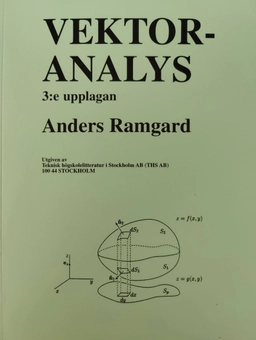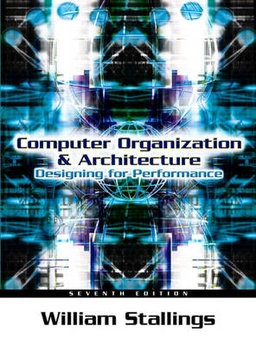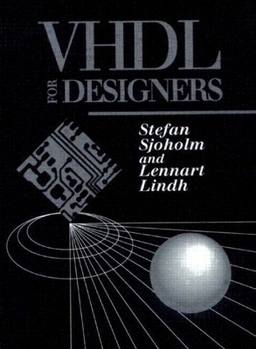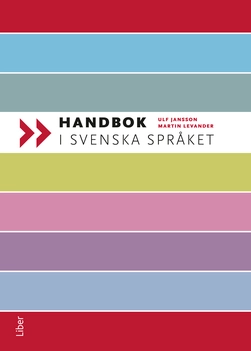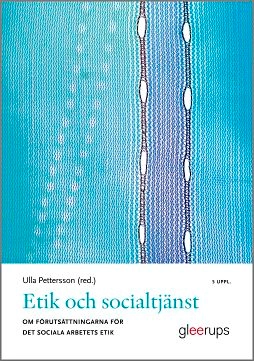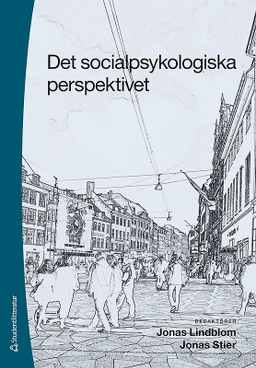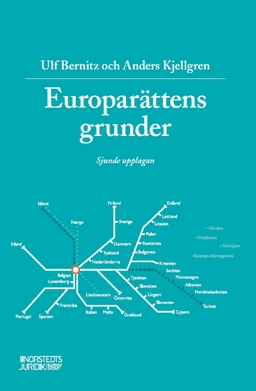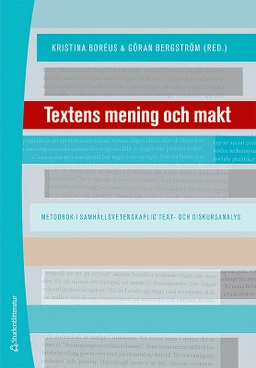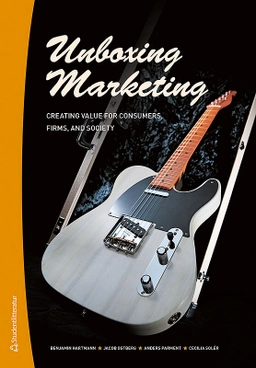Since the publication of the first edition of this book in 1996, CMOS manufacturing technology has continued its breathtaking pace, scaling to ever-smaller dimensions. Minimum feature sizes are now reaching the 100-rim realm. Circuits are becoming more complex, challenging the productivity of the designer, while the plunge into the deep-submicron space causes devices to behave differently and brings to the forefront a number of new issues that impact the reliability, cost, performance, power dissipation, and reliability of the digital IC. This updated text reflects the ongoing (r)evolution in the world of digital integrated circuit design, caused by this move into the deep-submicron realm. This means increased importance of deep-submicron transistor effects, interconnect, signal integrity, high-performance and low-power design, timing, and clock distribution. In contrast to the first edition, the present text focuses entirely on CMOS ICs.
http://bwrc.eecs.berkeley.edu/IcBookA Dynamic Companion Even more than for the first edition, this book uses its companion website to evolve and grow over time. It contains complete Microsoft PowerPoint presentations covering all the material, updates. corrections, design projects, and extensive instructor material. Most importantly, all problem sets are now available on the website (and have been removed from the text).
Outstanding Features of the Text It focuses solely on deep-submicron CMOS devices, the workhorses of today's digital integrated circuits. A simple transistor model for manual analysis, called the unified MOS model, has been developed and is used throughout. Design Examples stress the design of Digital ICs from a real-world perspective. Design challenges and guidelines are highlighted. 0.25-micron CMOS technology is used for all the examples and problems. Design Methodology inserts are interspersed throughout the text, highlighting the importance of methodology and tools in today's design process. A Perspective section at the end of each chapter gives an insight into future evolutions.
Åtkomstkoder och digitalt tilläggsmaterial garanteras inte med begagnade böcker
